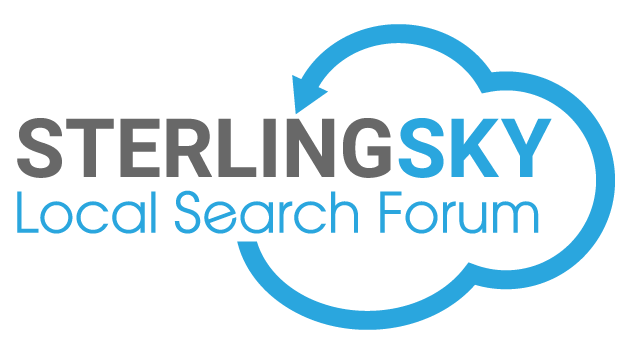Linda Buquet
Member
- Joined
- Jun 28, 2012
- Messages
- 13,313
- Reaction score
- 4,148
I've posted several times about rank tracking programs being off since that damn bird flew the coup.
The reason in part is that most ranking trackers are using Classic Google Maps.
As I've explained in post #2 of this thread Classic uses the OLD pre-Pigeon algo so the ranking order can be significantly different than today's post-Pigeon reality.
However, what I didn't realize is some of the reasons the software companies can't just switch over to NEW Google Maps, which are Pigeonized.
Myles from Bright Local explains in a customer support complaint thread here:
Ranking reports are in-correct for US based companies
Customer said:
Myles replied:
Thanks for the explanation Myles - those are all really good points to know.
Hat tip to Joy for sharing this on G+.
For TONS more insights about that dirty bird - check our #Pigeon hashtag.
What do you think???
<meta property="og:type" content="article"><meta property="og:title" content=""><meta property="og:description" content="">
<meta property="og:image" content="http://marketing-blog.catalystemarketing.com/wp-content/uploads/2014/10/PigeonBoo.jpg">
The reason in part is that most ranking trackers are using Classic Google Maps.
As I've explained in post #2 of this thread Classic uses the OLD pre-Pigeon algo so the ranking order can be significantly different than today's post-Pigeon reality.
However, what I didn't realize is some of the reasons the software companies can't just switch over to NEW Google Maps, which are Pigeonized.
Myles from Bright Local explains in a customer support complaint thread here:
Ranking reports are in-correct for US based companies
Customer said:
has anyone else noticed that ranking reports are in-correct for US based companies since the last google update? We have sent several email to support here on BL but have not received an answer. Can anyone comment on this please?
Myles replied:
This issue was picked up by our team and is being worked on. We take the accuracy of our reports & data very seriously and monitor it very closely.
However the significance of the latest change in Google requires a very considered change by us. There are a number of factors at play which makes the solution highly complex. I'll explain these to give you an understanding of them.
Our current tool tracks map rankings using the older version of maps. This currently has a slightly different algo to the new maps that Google uses. This change came about in the Pigeon update.
The reasons that we haven't switched over to tracking new maps yet are as follows -
1. Time-based issue - as with most Google changes there is an initial change and then a bedding down period. We are waiting to see how Pigeon beds down and don't want to make a significant change to only found out that this change was either unnecessary or needs to change again with the next update.
2. No URL in listings - the new map listings don't carry a website URL so we can't track based on website URL.
3. No Google+ Local URL there is also no Google+ in the Maps listings.
Therefore the only way to identify a listing is using business name which is not nearly so accurate and most of our customers track using URLs so they'll need to update their reports to add a business name.
4. Javascript - new maps is 100% driven by Javascript. This maps scraping results vey difficult and requires a complete redevelopment of our maps ranking engine.
With all these factors at play it's therefore a major decision to switch to tracking new maps until we know it's what google will stick with mid-long term.
Please let me know if you have any questions & i'm happy to expand on the above points if it would help.
Thanks for the explanation Myles - those are all really good points to know.
Hat tip to Joy for sharing this on G+.
For TONS more insights about that dirty bird - check our #Pigeon hashtag.
What do you think???
<meta property="og:type" content="article"><meta property="og:title" content=""><meta property="og:description" content="">
<meta property="og:image" content="http://marketing-blog.catalystemarketing.com/wp-content/uploads/2014/10/PigeonBoo.jpg">




